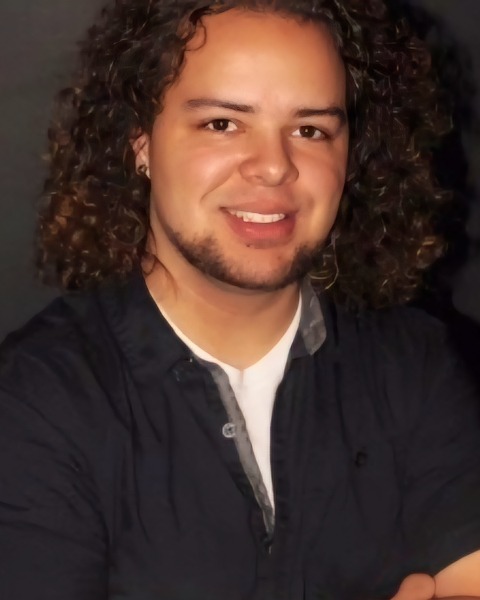Amplification and Assistive Devices (AAD)
PP323 - Multi-Curve Frequency Response Characteristics of Hearing Aid Music Programs

Jerae M. Bryant
Audiology Extern
Mayo Clinic
Phoenix, ArizonaDisclosure(s): No financial or nonfinancial relationships to disclose.

Jamie Bogle, AuD, PhD
Assistant Professor, Mayo Clinic College of Medicine and Science
Mayo Clinic Arizona
Scottsdale, ArizonaDisclosure(s): No financial or nonfinancial relationships to disclose.
Lead Presenter(s)
Contributor(s)
Summary:
Music programs are a commonly used feature of modern hearing aids. According to Greasley’s 2022 survey, 84% of patients reported listening to music through their hearing aids, with 70% listening for three-or-more hours per week. Despite the ubiquity/advancement of hearing aids, for audiologists, there are still many obstacles that complicate fitting decisions when accounting for music appreciation. This study aims to posit user-friendly, qualitative differences between the frequency responses of hearing-aid music programs to help guide fitting decisions.
For testing, flagship receiver-in-the-canal hearing aids were selected across four manufacturers: the Widex Moment Sheer 440 sRIC R D, Oticon Real 1 miniRITE R, ReSound Nexia 960S-DRWC, and Phonak Lumity L90-R.
Prior to testing, a music-weighted stimulus was created. Twelve songs that spanned multiple genres, musical periods, and languages were placed into Studio One 6 (a digital-audio workstation). Each song was trimmed to a length of two minutes and thirty seconds in order to avoid potential biases of only recording certain sections. Each snippet was placed in its own track, and was volume-adjusted to allow for maximum output without causing peak clipping. On the master track, Voxengo Curve EQ (a frequency analyzer/recorder plugin) was activated. The frequency response from all twelve snippets was recorded and averaged. The output from a white noise-generator plugin was also recorded. The frequency response from the song snippets was superimposed onto the white noise by Curve EQ in order to create a stimulus that is spectrally-representative of music.
The music stimulus was used in the Speechmap protocol of the Verifit 2 test box at 50, 60, 70, and 80 dB SPL outputs. All four hearing aids were tested with two different hearing losses: 0 dB flat hearing loss, and the N3 audiogram as established by Bisgaard, Vlaming, and Dahlquist (2010). Under these conditions, frequency response curves were yielded, each reflecting how the hearing aids altered the frequency characteristics of the music stimulus. These results are compared to a control trail where the music stimulus was captured in absence of a hearing aid.
The primary findings of each hearing aid’s spectral analysis were as follows: the Widex Moments had the highest overall gain, with noticeable spectral peaks centered around 350 and 7000 Hz, the ReSound Nexias closely resemble the test stimulus without a 2cc coupler, the Oticon Reals featured a 10 dB increase in gain from 2000 Hz and above, and the Phonak Lumities featured increased compression in low frequencies.
Music programs are designed to improve music appreciation for individuals with hearing loss. The method and subsequent output for these programs varies among manufacturers. Patients may benefit from specific devices depending on their specific needs. Understanding how these programs alter the output of the hearing aid allows the audiologist to better guide the patient with music appreciation needs.
Learning Objectives:
- Compare and contrast differences in hearing aid music programs with regards to overall output and gain.
- Assess the linearity of hearing aid music programs relative to increases in music-stimulus input.
- Extrapolate tonal characteristics of hearing aid music programs based off of their spectral energy within certain frequency ranges.
